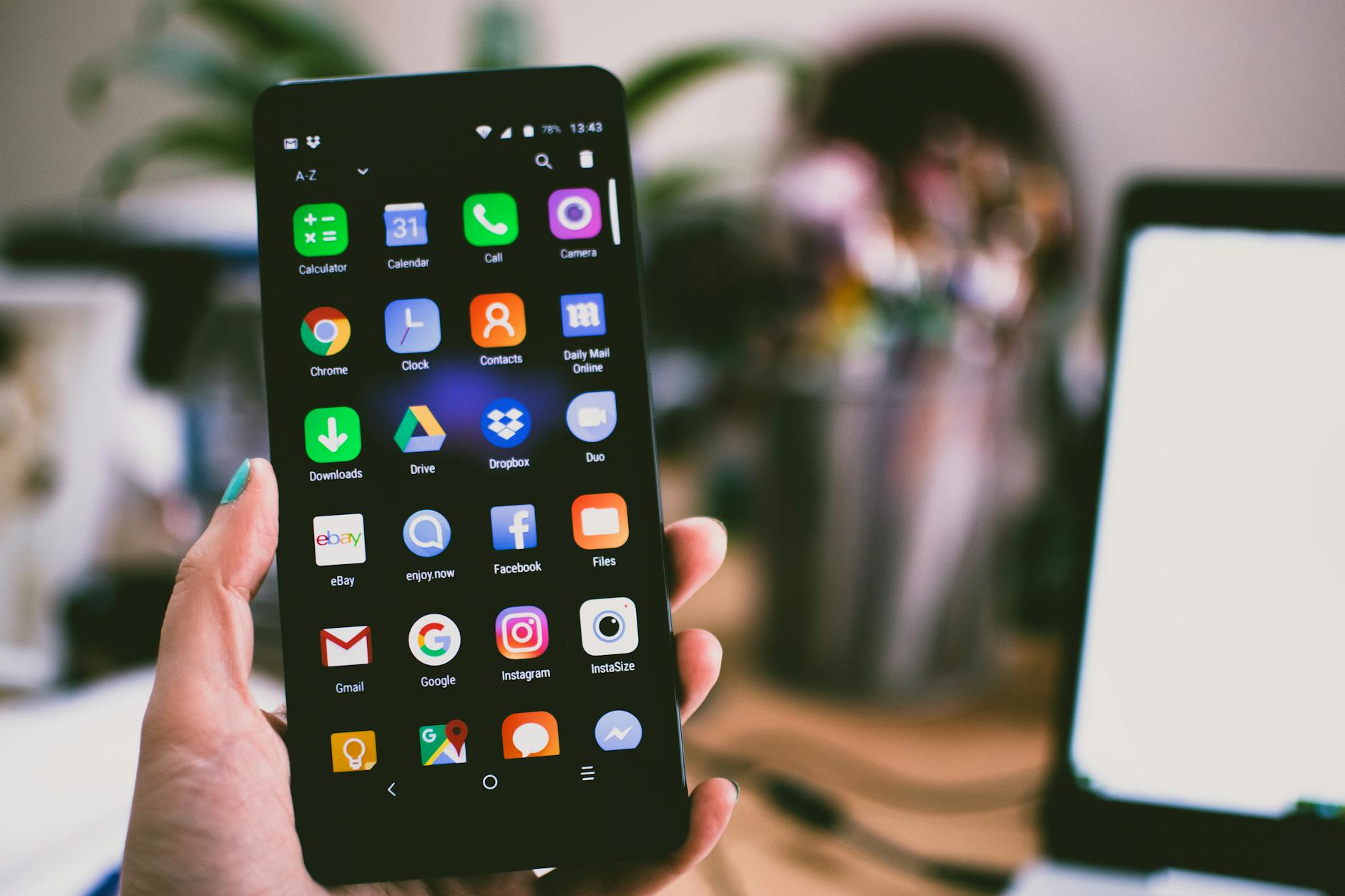
Digital mental health is a rapidly growing area within Human-Computer Interaction. Mental health problems will affect one-third of the population worldwide during their lifetime. At the present moment, anxiety disorders are highly prevalent and are among the most common psychological disorders with an estimated 264 million adults experiencing anxiety worldwide. The significant effects of anxiety disorders make mental health a public health priority.
One of the most evidence-based treatments for anxiety disorders is cognitive-behavioral therapy (CBT). Technology advances have created the opportunity to deliver psychological interventions in daily life – a type of intervention described as ‘ecological momentary interventions’ (EMIs). In addition, such advances have opened up possibilities for the delivery of “just-in-time interventions” that adapt treatment delivery over time to provide interventions most likely to be effective, using information gathered through ecological momentary assessment (EMA) or sensing.
The widespread availability of smartphones has led to a proliferation of mobile apps for anxiety. Such systems can be used in conjunction with therapy, as standalone treatments, or for use in the prevention of mental illness. As such, they provide an accessible solution to many barriers to care.
Designing digital technologies for mental health requires navigating a complex design space, for which various design components have remained unexplored. In addition, despite the potential benefits of using such technologies, the majority of them fail to gain traction, the attrition rates of people using them are high, and sustained use is even rarer. Insights into consumer perspectives regarding how mobile health can best support anxiety disorder management, and how to design mobile technologies to provide an engaging experience for users are lacking. Personalizing intervention content to individual users could lead to sustained use. Yet, currently available technology-based interventions are not tailored to account for variability in different characteristics and we know little about the design options for such systems.
This project investigated the design of mobile interventions for mental health disorders and their potential to improve engagement for anxiety management apps. It unveils the different components that comprise such interventions, the enablers, and barriers to engagement with applications designed for that purpose, the desired features, and the possibilities of enhancing care by personalizing content to individual clients. It asks which are the technological and interaction possibilities of such systems, why users engage and disengage from mobile apps for anxiety management, and how health professionals might tailor intervention content for users of such systems.
People
This project was delivered by Andreas Balaskas under the supervision of Prof Gavin Doherty, Prof Anna Cox, Dr Stephen Schueller.
Publications
Balaskas, a. (2023). The design space of mobile mental health interventions for anxiety management. Thesis
Balaskas, A., Schueller, S. M., Cox, A. L., Rashleigh, C., & Doherty, G. (2023). Examining young adults daily perspectives on usage of anxiety apps: A user study. PLOS Digital Health, 2(1), e0000185.
Balaskas, A., Schueller, S. M., Cox, A. L., & Doherty, G. (2022). Understanding users’ perspectives on mobile apps for anxiety management. Frontiers in Digital Health, 4, 854263.
Balaskas, A., Schueller, S. M., Cox, A. L., & Doherty, G. (2021). The functionality of mobile apps for anxiety: systematic search and analysis of engagement and tailoring features. JMIR mHealth and uHealth, 9(10), e26712.
Balaskas, A., Schueller, S. M., Cox, A. L., & Doherty, G. (2021). Ecological momentary interventions for mental health: A scoping review. PloS one, 16(3), e0248152.

